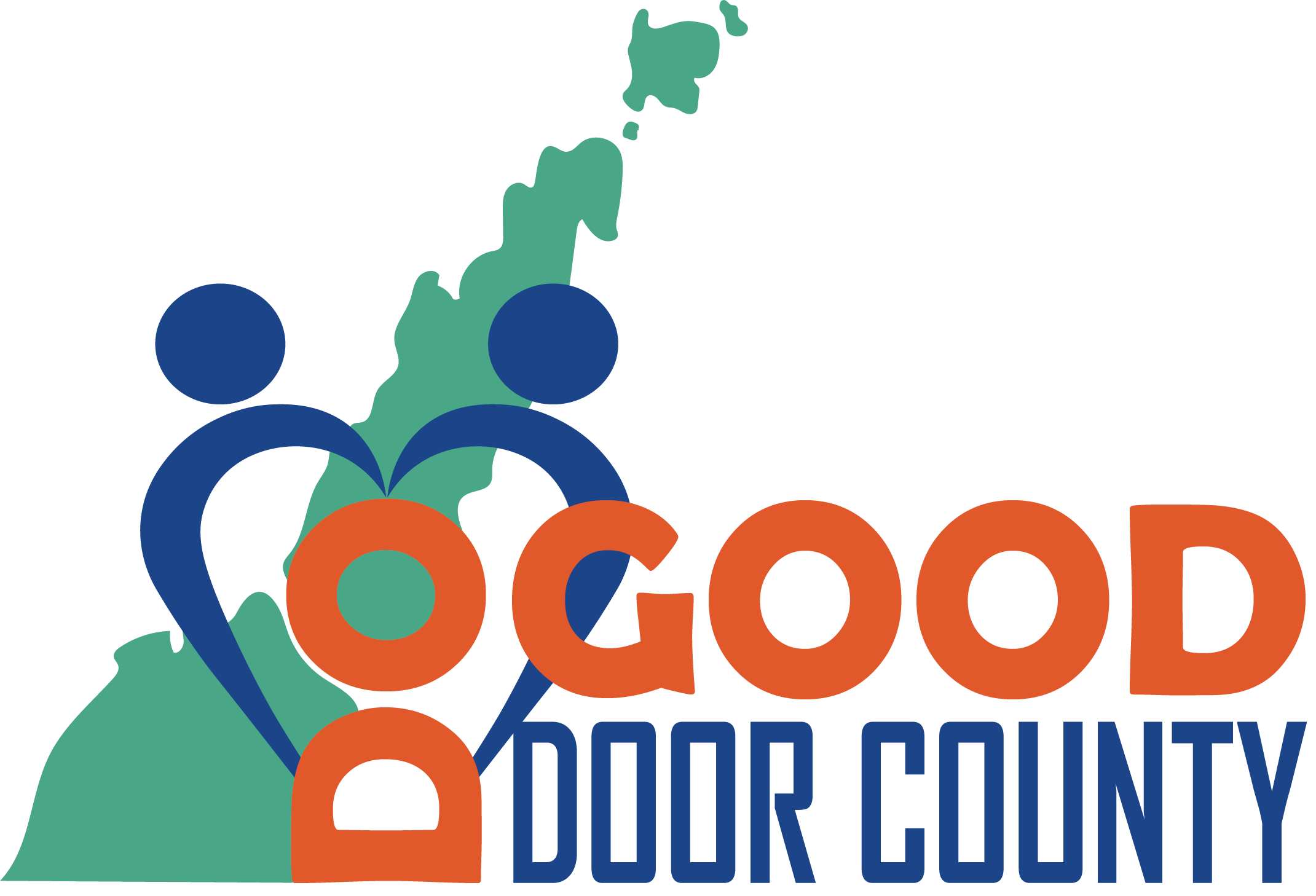A key part of growing old in an age-friendly community is staying connected with events, news and activities with timely, accessible and practical information. Technology is often tapped to spread information quickly but also plays a role in social exclusion.. A community needs to offer information in an accessible format and consider a wide range of needs and resources of their older citizens.
Media outlets are key to communicating information to the wider community. Older people tend to receive information through traditional print and broadcast media, and through direct personal contact such as telephone calls, attending community centers, etc. Some factors to consider in communication are affordability, timeliness and accessibility. Access to information must be kept affordable so that cost does not limit it. Governments and organizations should be sure that information on policies and issues affecting older adults can reach them in a timely fashion. And access to avenues of communication that take into account loss in vision and hearing is critical.
The growth of services and documentation via computer technology could be alien to seniors, increasing social exclusion. Older people may not be willing to learn computer skills due to the cost of computers and their unfamiliarity with technology. Affordability also needs to be considered and computer training be adapted to seniors’ needs and pace of learning.

We found in the Age in Place survey and forums that our older residents struggle with not having a central source of information, whether it be about the community, services needed or socialization opportunities. The survey revealed the prominent role that the Pennisula Pulse plays in communication with over a third of respondents indicating that this is their primary source of information. Certainly, this is a familiar resource for residents and visitors to gain information about events, happenings and community concerns.
The most common source of information identified in the survey was “word of mouth”. An interesting and telling statistic. It would seem to indicate that many people rely on their friends, family, neighbors or others close to them to gain information, which would be in line with the ruralness of Door County. That being said, the information is only as good as its source. It also shows that there is a lack of a centralized source. And based on the feedback at the forums, this is a concern at the highlest level, needing immediate attention.
There are efforts to develop a centralized resource for information of services or social opportunities. We do have a couple great access points, one serving older adults now, the Aging and Disability Resource Center. They offer information and assistance at no cost on the phone and in-person, especially in the areas of support programs and services. Another source is 211. 211 is a nationwide referral system and helpline that can be accessed by phone or computer. By dialing 211, you can connect to a community resource specialist who can put you in touch with local organizations that provide services or additional information.
Some participants at the forums did not consider the ADRC as a source of information, relating a type of bias that the center is “just for old people playing cards or getting a meal”. Even fewer knew about 211 which raised the question of its promotion or its functionality. This type of outlet is only as good as the information inputted, a problem recognized by any source trying to be current and central, whether past, present or future.
And all this goes back to how do Door County residents, especially seniors, gain information that is affordable, accessible and timely. A true test of an age-friendly community is one that assures that information comes in a variety of mediums but even more so that older adults are considered when desiging, implementing, promoting and maintaining sources of information whether it be for services, programs, policies or socialization.
Do Good Door County is actively seeking opportunities to address effective communication and information dissemination in Door County. If you have suggestions or want to help in the effort, please contact us. Together, we’ll figure it out, make it the best it can be.


A helpline like 211 is great start but is it working? Can a version of 211 work for more local concerns? Another problem is expensive internet. Are there discounts for seniors out there we don’t know about? Another thought I had was regarding the misuse of the flatscreens in clinic waiting rooms to promote drug companies and their miraculous products. This would be a great opportunity to advertise services and programs to the many seniors waiting in the room?